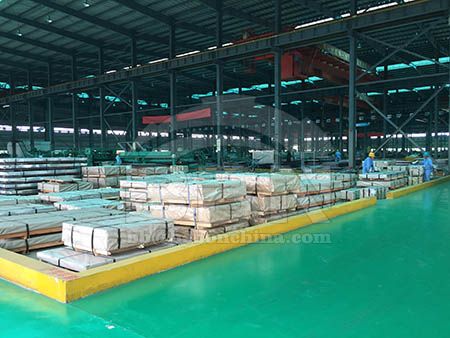
There are major differences in carbon content between 316 stainless steel and 316L stainless steel. 316L stainless steel has a low carbon content, usually below 0.03%, while the carbon content of 316 stainless steel can reach 0.08%. This results in less carbide formation during welding of 316L, improving its corrosion resistance.
Due to its low carbon content, 316L stainless steel performs better in high-temperature environments and corrosive media, making it suitable for use in fields such as chemical equipment and marine environments that require high corrosion resistance.
316L stainless steel is slightly more expensive compared to 316 stainless steel, but when used in fields such as pharmaceuticals and food processing that require high corrosion resistance, it can achieve longer lifespan and superior performance.
Although 316L performs better in specific fields, 316 stainless steel is still an affordable choice for general applications.
Therefore, the choice of 316 or 316L stainless steel depends on the engineering environment, performance requirements, and cost considerations based on specific needs and budget.
Just like you, 70% customers choose long-term cooperation with BBN steel not only for our good product and service quality, good reputation in the international market, but also for our experienced one-stop raw material supply and further steel processing!

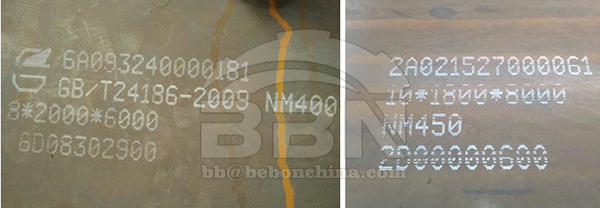
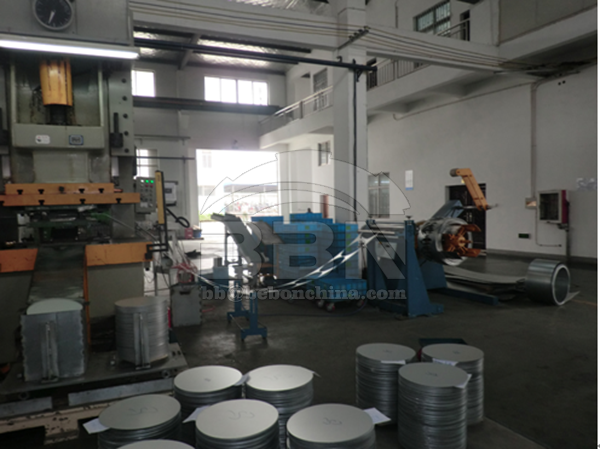
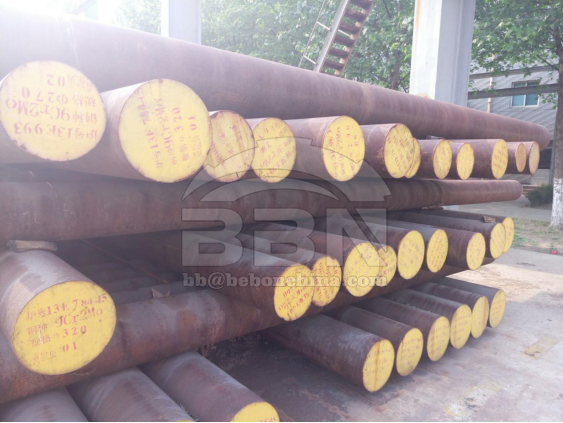
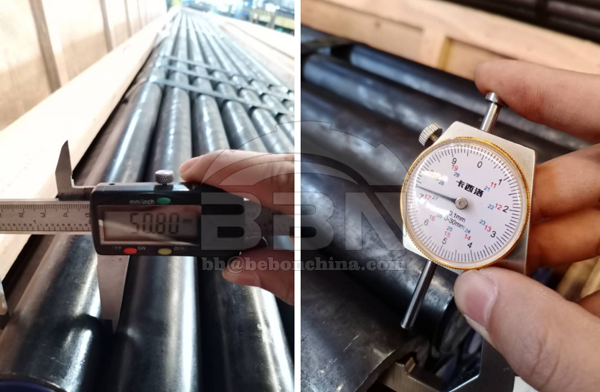
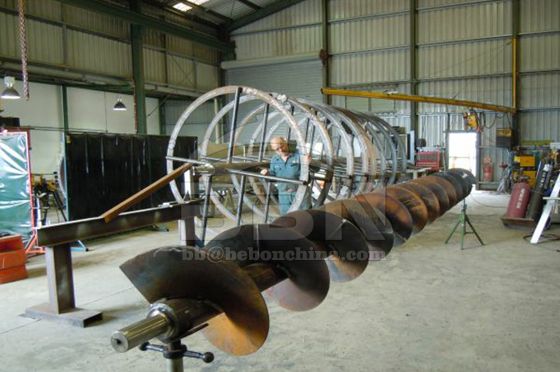
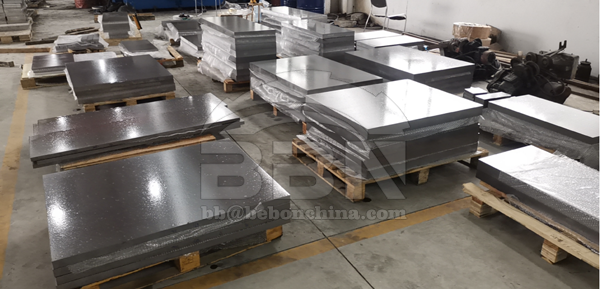
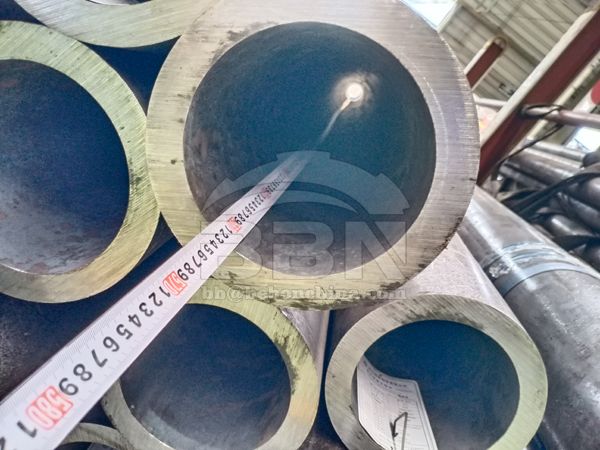
Henan BEBON Iron&Steel co.,ltd.